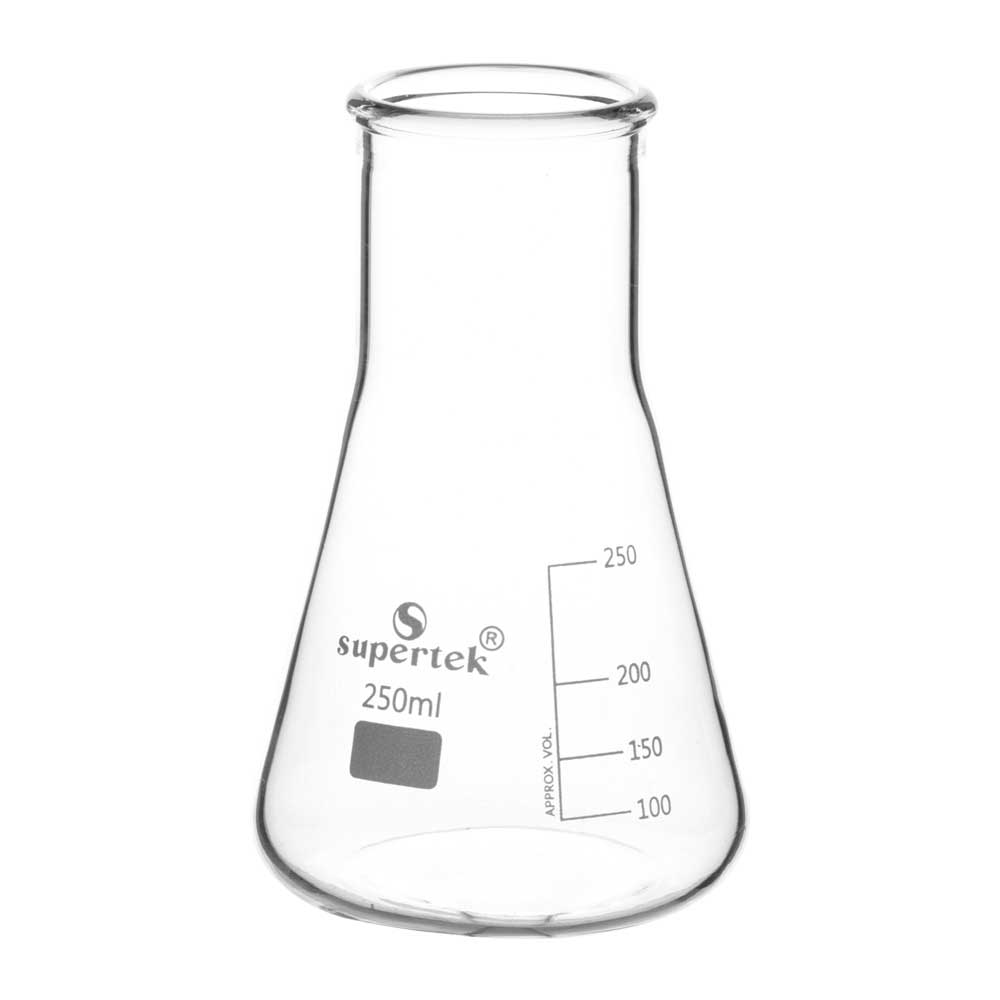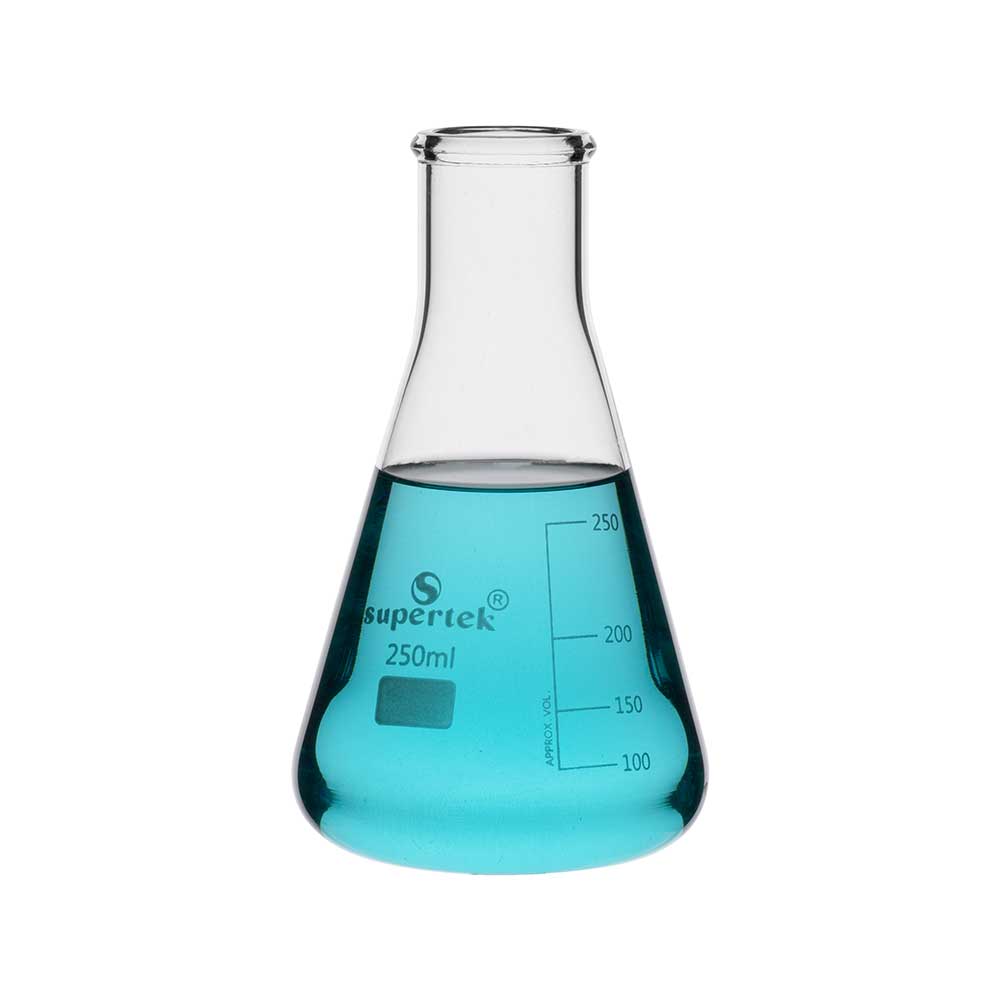Flasks are versatile tools with applications spanning from scientific laboratories to everyday use. Their evolution from specialized scientific equipment to common household items reflects their adaptability and practicality. This article explores the various uses of flask meaning, diving into their historical significance, types, scientific applications, culinary uses, fashion statements, innovative features, and the cultural impact they have had over time.
Historical Significance of Flasks
Origins and Invention
The history of flasks dates back to ancient times when early civilizations used primitive containers to store and transport liquids. The modern concept of the flask, particularly the hip flask, originated in the 18th century. British soldiers and noblemen popularized the use of small, curved flasks designed to fit in their pockets or belts. These early flasks were often made from glass, silver, or pewter, reflecting both their practical and status-symbol nature. Understanding the origins of flasks provides insight into their long-standing utility and social significance.
Evolution Over Time
Over the centuries, flasks have evolved in both design and material. The introduction of stainless steel in the 20th century revolutionized the flask, making it more durable and accessible. This evolution has made flasks popular among various social groups, from outdoor enthusiasts to urban professionals. Today, flasks are made from a range of materials, including plastic and titanium, catering to different needs and preferences. The evolution of flasks showcases their adaptability and enduring relevance in society.

Different Types of Flasks
Laboratory Flasks
In the scientific realm, flasks play a crucial role in conducting experiments and storing chemicals. Common types include the Erlenmeyer flask, known for its conical shape and wide base, and the Florence flask, recognized by its round body and long neck. These flasks are typically made from borosilicate glass to withstand high temperatures and chemical reactions. Laboratory flasks are essential tools for scientists and researchers, facilitating accurate measurements and safe handling of volatile substances. The variety of laboratory flasks highlights their specialized applications in scientific research.
Hip Flasks
Hip flasks, designed for personal use, are compact containers typically used to carry alcoholic beverages. They are often made from stainless steel or other durable materials and are sized to fit comfortably in a pocket or purse. Hip flasks come in various designs and finishes, making them popular gifts and collectibles. These flasks are convenient for social occasions, allowing individuals to enjoy a drink on the go discreetly. The popularity of hip flasks underscores their practicality and cultural significance as personal accessories.
Scientific Applications
Laboratory Experiments
Laboratory flasks are fundamental in conducting scientific experiments, allowing researchers to mix, heat, and store liquids safely. The precise measurements marked on these flasks enable accurate data collection and analysis. For instance, the volumetric flask provides exact measurements for preparing solutions, ensuring consistency in experimental procedures. Optimal use of laboratory flasks enhances the accuracy and safety of scientific research, contributing to advances in various fields. Their essential role in laboratories underscores their importance in scientific discovery and innovation.
Chemical Storage
Proper storage of chemicals is crucial for laboratory safety and efficiency. Flasks designed for chemical storage often feature airtight stoppers or screw caps to prevent contamination and evaporation. The materials used in these flasks, such as borosilicate glass or high-grade plastics, ensure resistance to chemical reactions. Effective chemical storage using specialized flasks maintains the integrity and safety of laboratory operations, protecting both the researchers and the environment. The reliability of these storage flasks highlights their importance in maintaining laboratory safety standards.

Culinary Uses
Cooking and Baking
In the culinary world, flasks serve various purposes, from precision cooking to storing ingredients. For example, squeeze bottles, functioning similarly to flasks, help chefs dispense sauces and dressings with accuracy. These tools simplify presentation and portion control in professional kitchens. Additionally, vacuum flasks, also known as thermos flasks, keep liquids hot or cold for extended periods, making them ideal for transporting soups, beverages, and dressings. Culinary flasks enhance efficiency and precision in cooking and food presentation, elevating the overall dining experience. Their use in kitchens showcases their versatility beyond scientific applications.
Infusions and Mixology
Flasks are also popular in mixology and beverage preparation. Bartenders use flasks to store and serve infused spirits and bitters, adding unique flavors to cocktails. Infusion flasks allow the combination of ingredients like herbs, fruits, and spices with alcohol, creating bespoke drinks. These flasks facilitate the infusion process, ensuring that flavors blend evenly and are preserved until serving. The use of flasks in mixology highlights their role in creating innovative and personalized beverage experiences.
Fashion and Personal Accessories
Stylish Hip Flasks
Hip flasks have transcended their practical origins to become fashionable accessories. Many are designed with decorative elements, including engravings, leather cases, and customized finishes. These stylish flasks are often seen as status symbols or personal statements. Collectors and enthusiasts appreciate them for their aesthetic appeal and craftsmanship. Stylish hip flasks combine functionality with design, making them coveted items for both practical use and display. Their evolution into fashion accessories underscores their cultural and personal significance.
Portable Convenience
The convenience of carrying a portable drink discreetly makes hip flasks popular among various social groups. Whether attending festivals, camping, or social gatherings, hip flasks offer a practical solution for enjoying beverages on the go. Their compact size and secure lids prevent spills and maintain discretion. The portability of hip flasks caters to the needs of modern lifestyles, emphasizing convenience and ease of use. Their widespread use in various settings highlights their practicality and versatility.
Innovative Features
Built-in Shot Glasses and Funnels
Modern flasks often include innovative features such as built-in shot glasses and funnels for easy pouring and drinking. These additions enhance the functionality and user experience, making them more versatile for different situations. A built-in shot glass provides convenience for sharing and measuring, while a funnel ensures mess-free filling. Innovative features in flasks cater to user needs, improving their practicality and appeal. These enhancements reflect the ongoing evolution and adaptation of flasks to contemporary demands.
Smart Technology Integration
Some contemporary flasks incorporate smart technology, including temperature sensors and Bluetooth connectivity. These features allow users to monitor the temperature of their drink and even control the flask meaning via a smartphone app. Smart flasks offer innovative solutions for modern users, combining technology with traditional utility. The integration of smart features in flasks showcases the potential for further advancements and increased functionality in everyday tools.

Cultural Impact and Symbolism
Representation in Media
Flasks have frequently appeared in literature, movies, and television, often symbolizing rebellion, sophistication, or nostalgia. Characters carrying flasks are depicted as independent, adventurous, or refined, adding depth to their personalities. The portrayal of flasks in media influences their cultural perception and popularity. Representations in media contribute to the mystique and allure associated with flasks, reinforcing their cultural impact.
Social and Personal Significance
Flasks hold personal significance for many, often given as gifts to mark special occasions such as weddings, anniversaries, or graduations. Personalized engravings add sentimental value, making them cherished keepsakes. The act of gifting a flask meaning signifies thoughtfulness and appreciation, cementing its role in social rituals. The personal and social significance of flasks highlights their enduring appeal and emotional resonance.
The Versatility and Relevance of Flasks
Flasks have evolved remarkably from their inception to become versatile tools with applications in science, culinary arts, fashion, and everyday life. Their adaptability to different needs and innovations in design and technology have kept them relevant across generations. Whether used for precise laboratory work, making culinary creations, or as stylish accessories, flask meaning continue to serve important functions in various contexts.
In summary, exploring the meaning and uses of flask reveals their profound impact and enduring significance. From scientific utility to cultural symbolism, flasks encompass a wide range of functions and meanings. Their ability to adapt and innovate ensures they remain an essential and cherished part of daily life. The exploration of flasks underscores their importance and versatility, highlighting their continued relevance in modern society.
